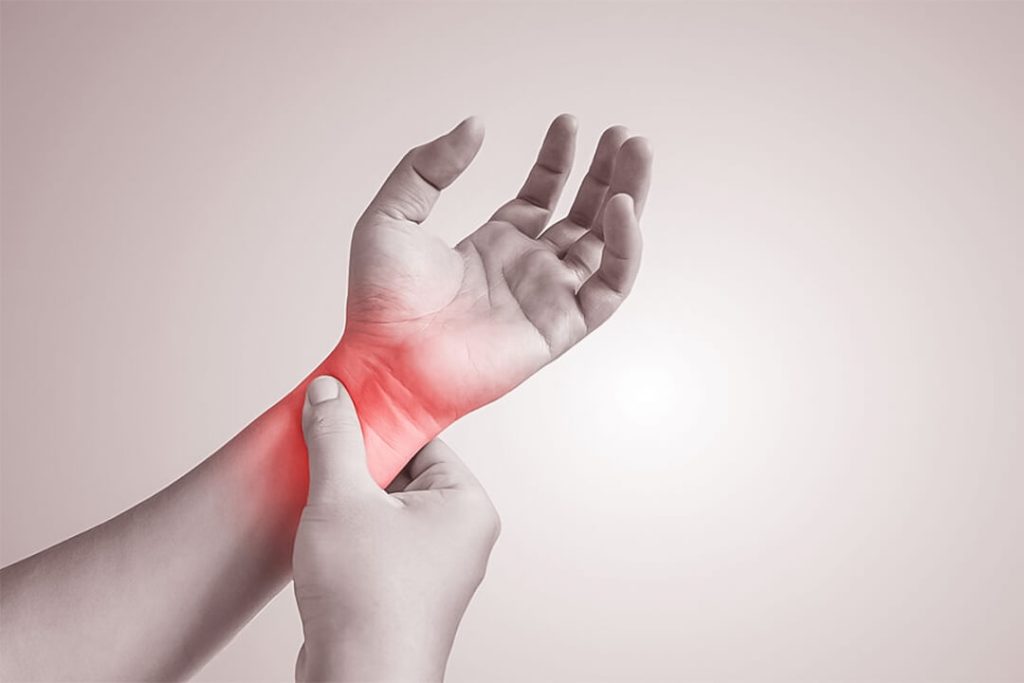Your feet can often signal early warning signs of diabetes-related complications. High blood sugar can damage nerves and blood vessels, leading to serious problems if they’re left unnoticed.
1. Nerve Damage (Peripheral Neuropathy)
One of the most common complications of diabetes is peripheral neuropathy. Up to half of people with diabetes experience nerve damage in their feet and legs. It can cause sensations such as numbness, tingling, burning, or sharp pain—even pain described as “electric shocks.”

- Numbness prevents early detection of injuries like cuts or blisters, and you may not feel heat or cold properly.
- Persistent foot pain and sensations like pins-and-needles are early red flags; ignoring them raises the risk of ulcers later.
2. Circulation Problems (Peripheral Artery Disease – PAD)
Diabetes accelerates atherosclerosis—hardening and narrowing of arteries—which can impair blood flow to the feet. Early clues include:
- Leg or foot pain, cramps or aching, especially during walking, that tends to ease with rest
- Cold or darkened skin on feet, hair loss, or thinning nails due to reduced circulation
- Poor circulation also slows wound healing and can lead to persistent sores or ulcers.
3. Slow Healing Sores & Ulcers
Because diabetes affects both nerves and blood vessels, minor foot injuries often go unnoticed and heal slowly. This combination increases the risk of foot ulcers. These can harbor infections, which may spread to deeper tissues or bone.
- Once an ulcer forms, it may develop complications like osteomyelitis (bone infection), gangrene, and—if untreated—possible amputation
4. Skin Changes & Fungal Infections
Diabetes can cause various noticeable changes on the skin:
- Athlete’s foot or fungal infections between the toes
- Dry, cracked skin especially around heels
- Thickened toenails, ingrown nails, or corns and calluses that won’t heal
- These skin issues often lead to infection or discomfort.
5. Charcot Foot & Deformities
Advanced nerve damage may lead to Charcot foot: weakening of bones in the foot so much that fractures and deformities occur, often without pain
Common deformities include hammertoes, clubfoot, or high arches. These structural changes can increase pressure points, resulting in more sores or ulcers.
6. Temperature & Color Changes
Diabetes-related blood vessel damage may result in noticeable differences between feet:
- One foot may feel cooler than the other
- Skin may look red, pale, or even blue-ish
- Hair loss on the toes or legs
These signs indicate poorer circulation and require medical assessment.
7. Warning Symptoms to Never Ignore
If you notice any of the following, seek medical care promptly:
- Numbness, tingling, burning sensations
- Persistent foot pain or cramps
- Non-healing sores, blisters, or ulcers
- Thickened nails, ingrown nails, or fungal issues
- Skin cracks or unusual calluses
- Temperature or color changes in skin

How to Prevent & Manage Foot Complications
Daily Foot Care
- Inspect your feet every day—use a mirror if necessary
- Wash and dry your feet thoroughly (especially between toes)
- Moisturize daily, but avoid areas between toes to reduce infection risk
- Wear well-fitting shoes and comfortable socks
Medical Check-Ups
- See a podiatrist or diabetic foot specialist regularly, particularly if you have neuropathy or circulation issues
- Regular foot exams help identify problems early
Managing Diabetes
- Maintain stable, healthy blood sugar levels to slow or prevent nerve/blood vessel damage
- Manage high blood pressure, cholesterol, and quit smoking to improve circulation
Treating Wounds & Ulcers
- Proper dressing, offloading pressure (e.g., with special shoes or casts), and diligent cleaning are crucial
- Severe cases may need advanced therapies like hyperbaric oxygen or, rarely, amputation
Why Early Detection Matters
Foot complications are among the most preventable diabetes-related complications, yet they account for the majority of non-traumatic lower-limb amputations. Up to a third of people with diabetes experience peripheral artery disease, and a similar number experience neuropathy
Early symptoms like tingling or minor pain might seem trivial—but addressing them promptly can stop them from progressing to ulcers, infections, and worse. Proper foot care, tight blood sugar control, and regular check-ups make a real difference.
By paying close attention to your feet and taking proactive steps—daily checks, proper hygiene, well-fitted footwear, and routine healthcare—you can greatly reduce the risk of serious complications from diabetes. Early detection and ongoing care help ensure your feet stay healthy and functional for years to come.

















